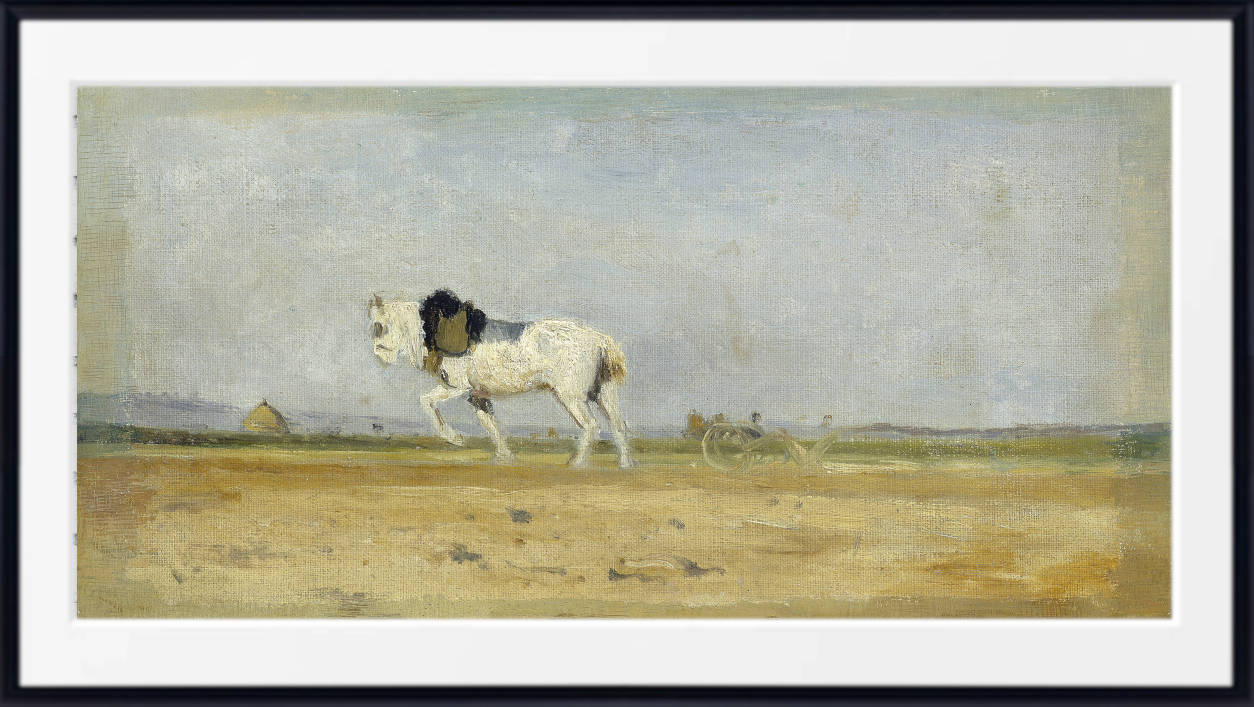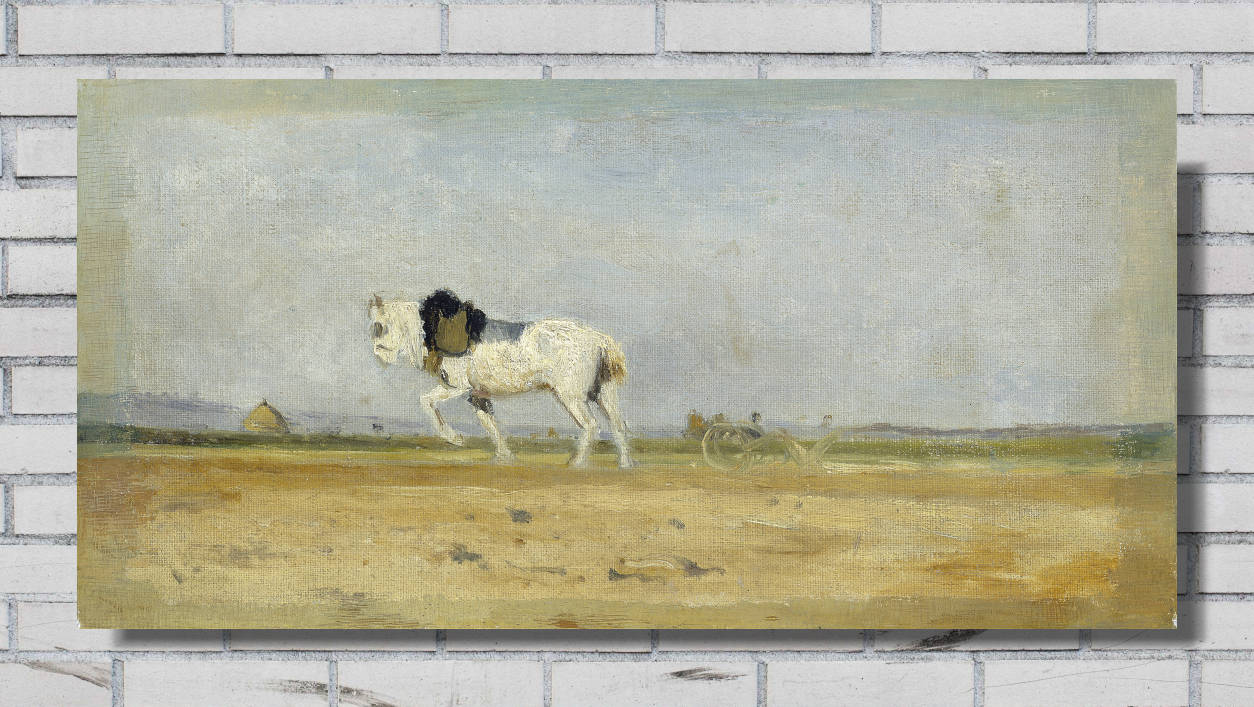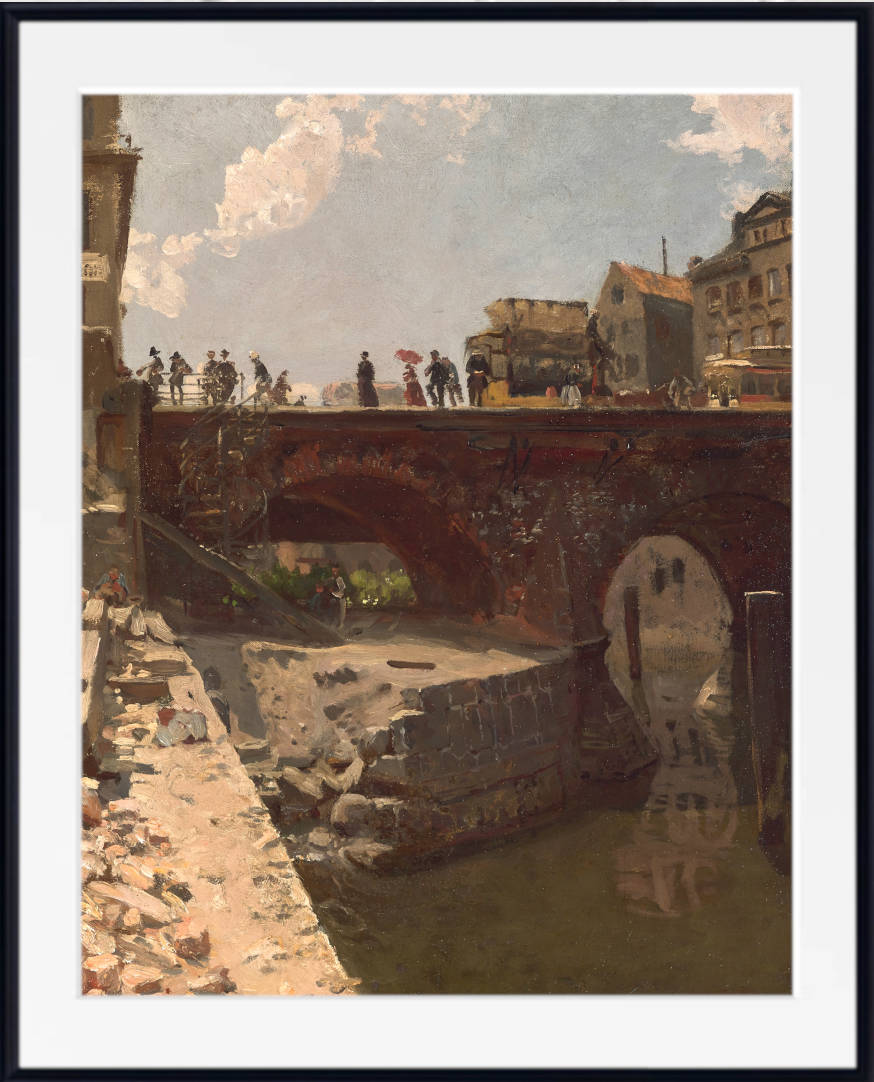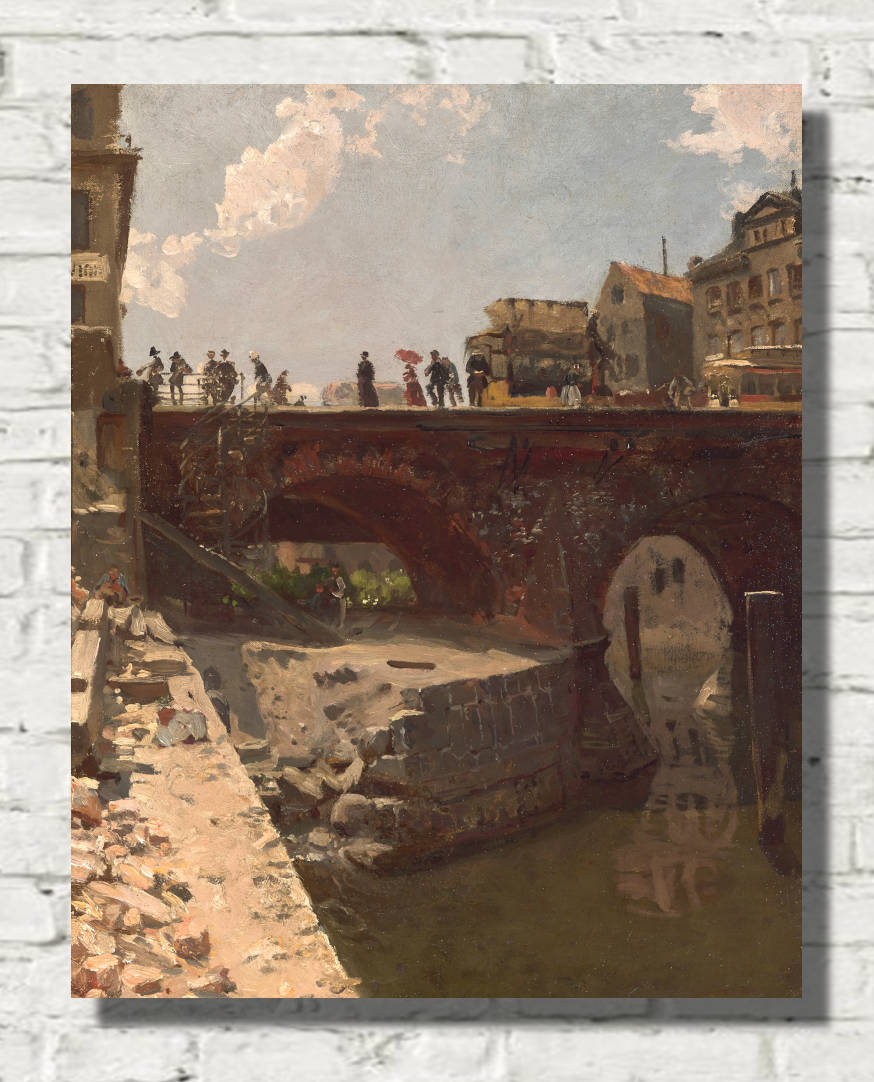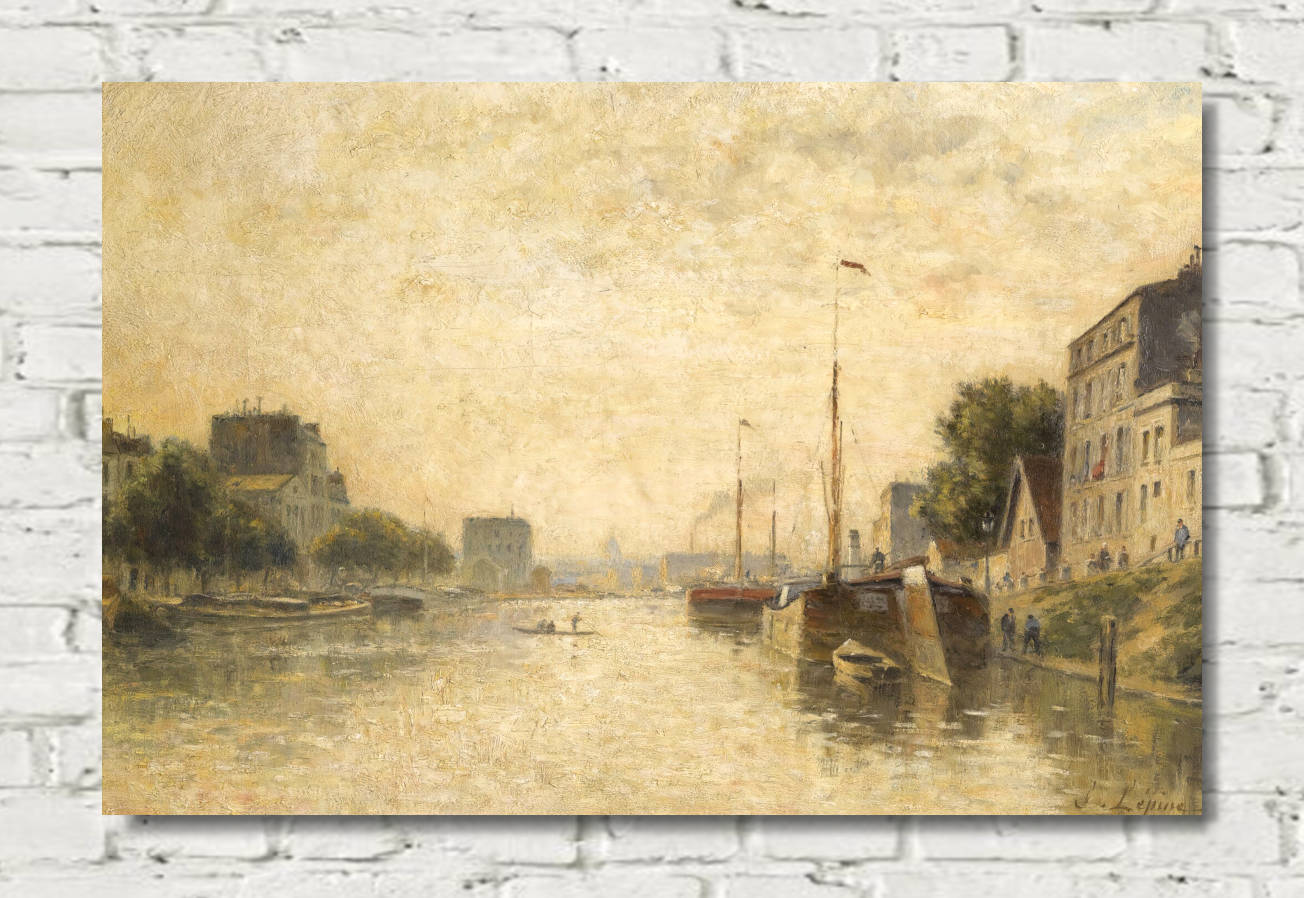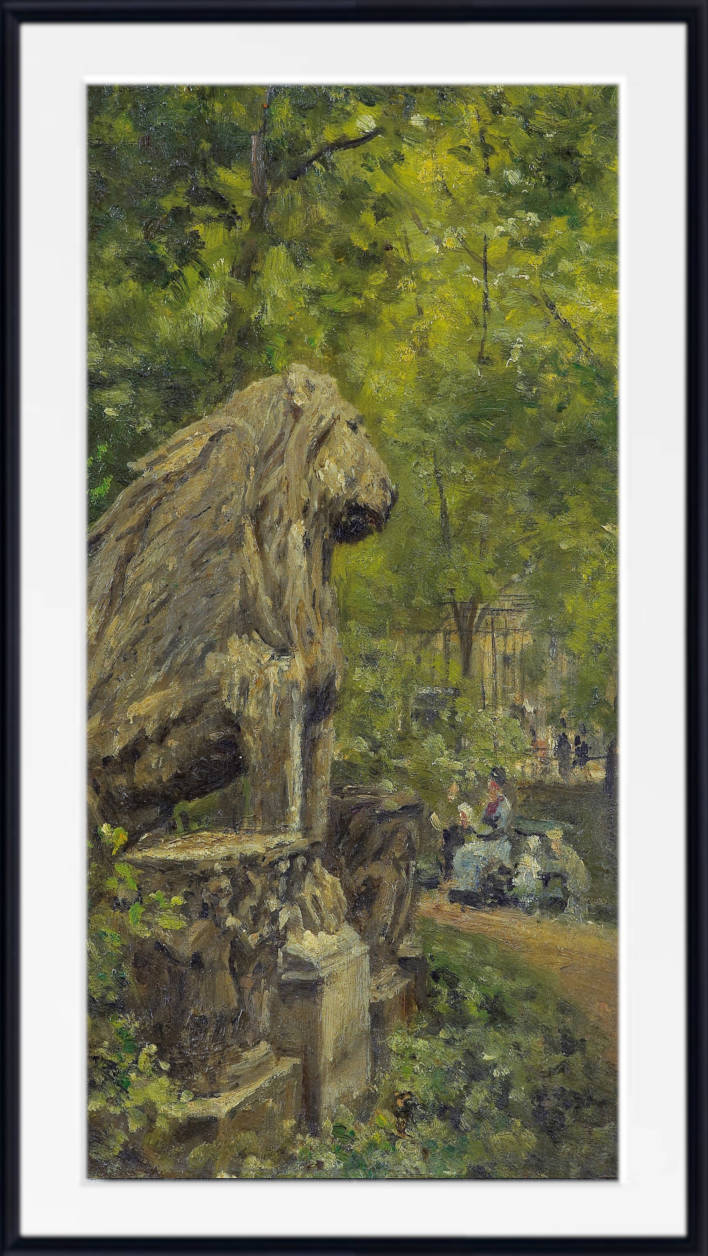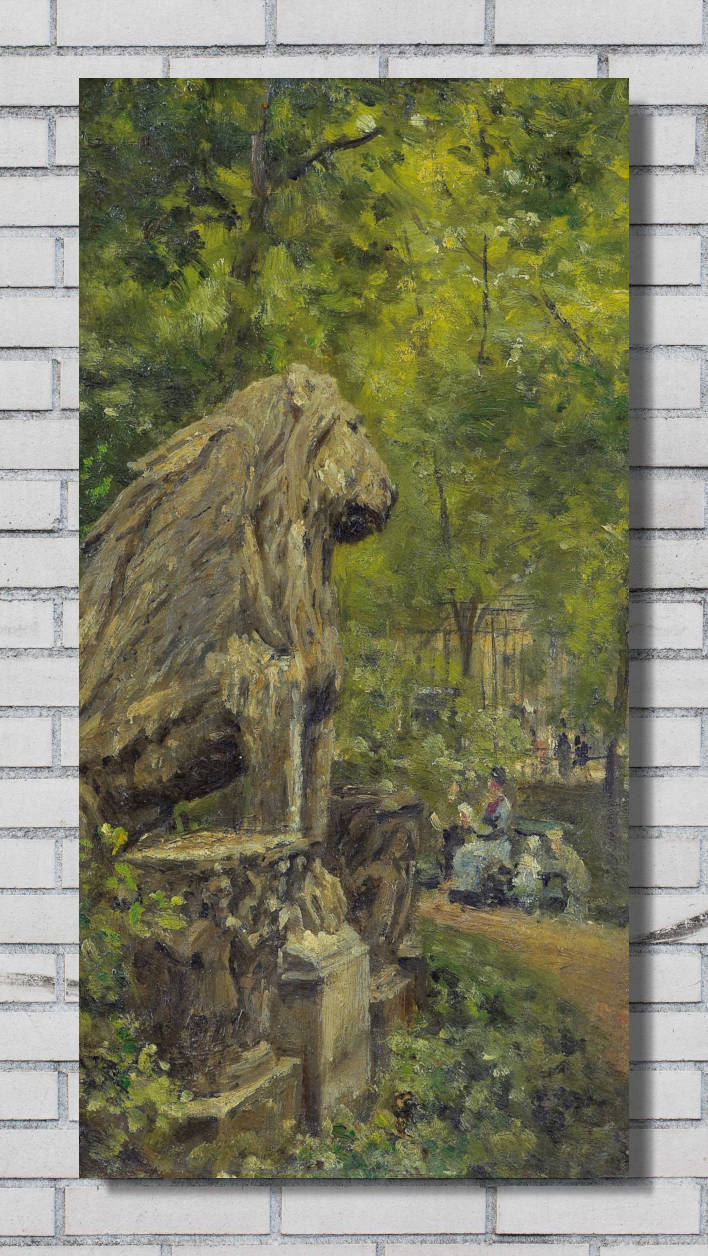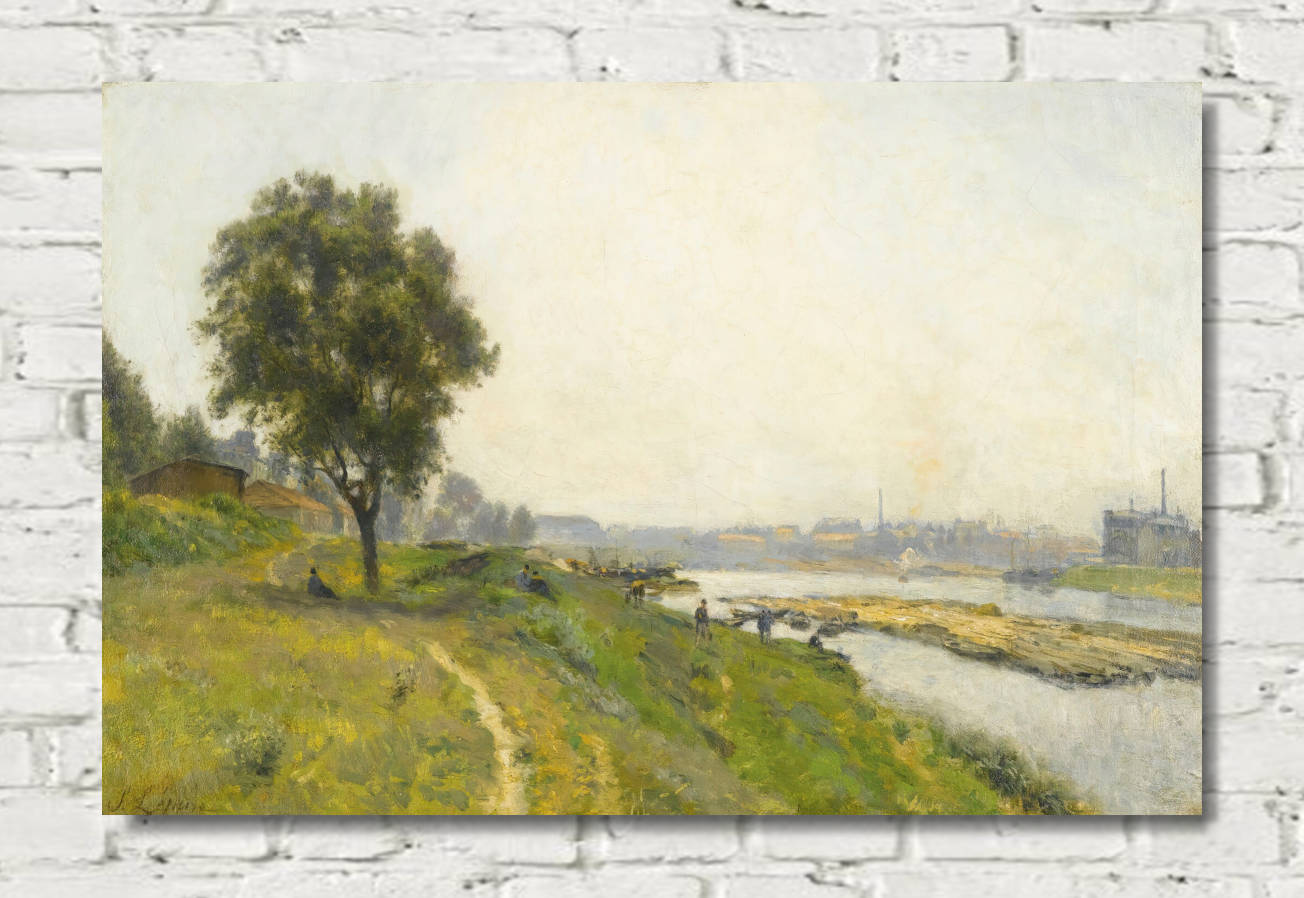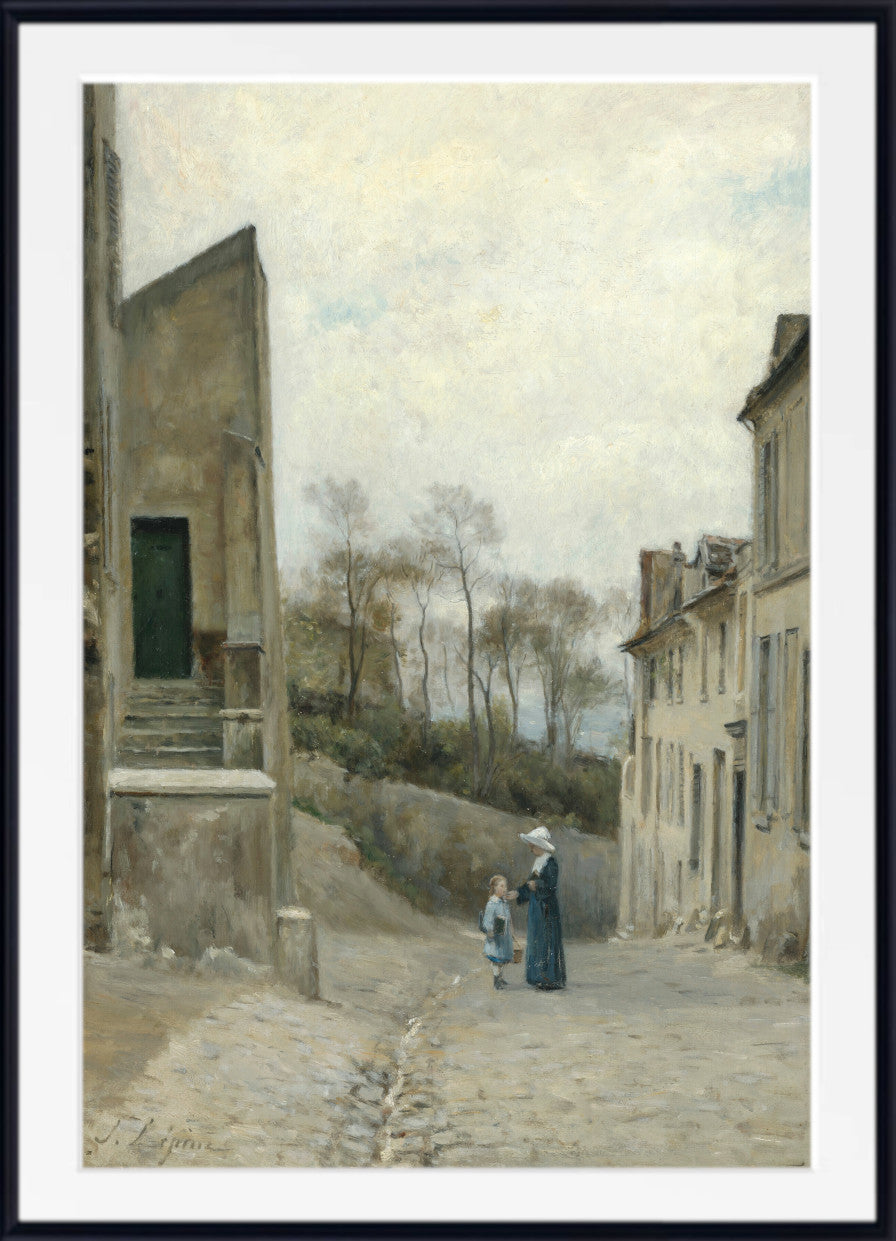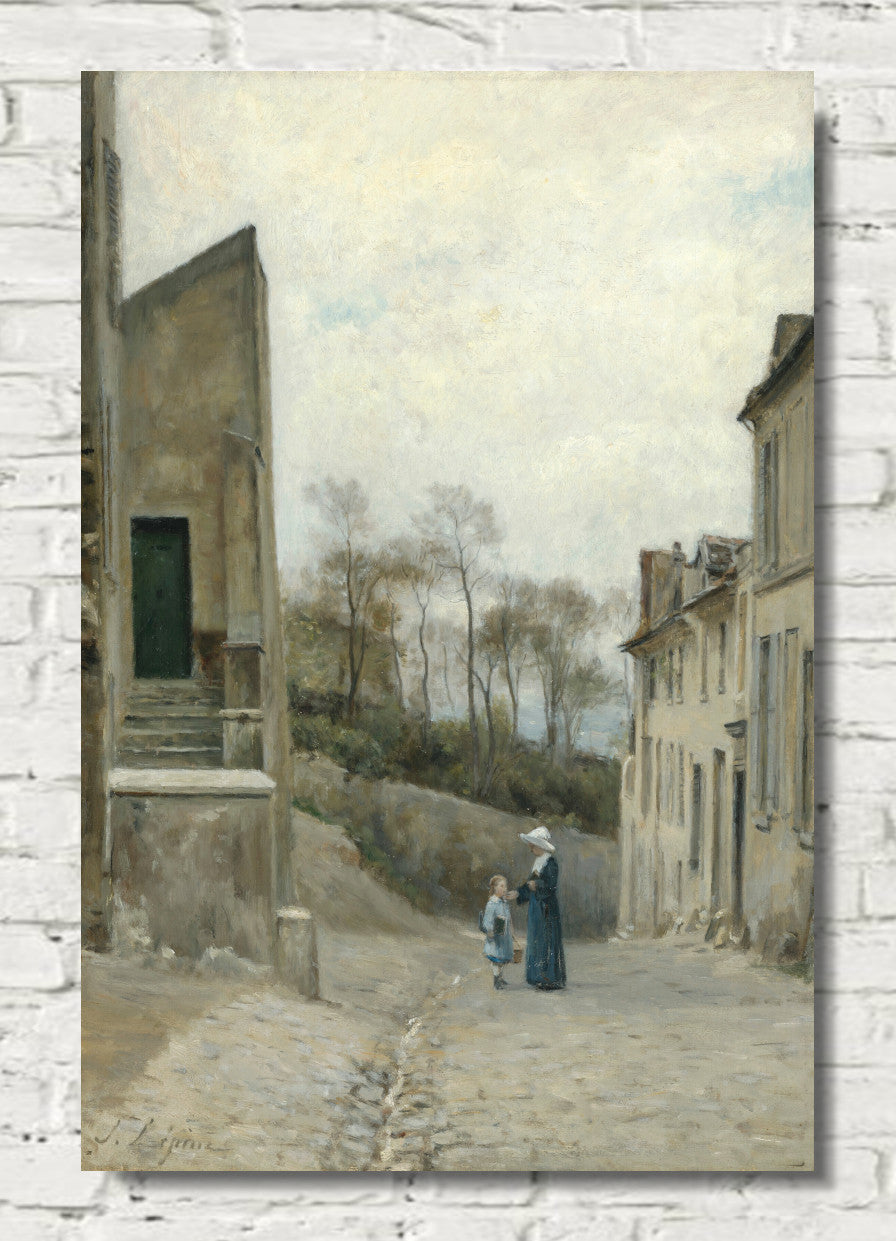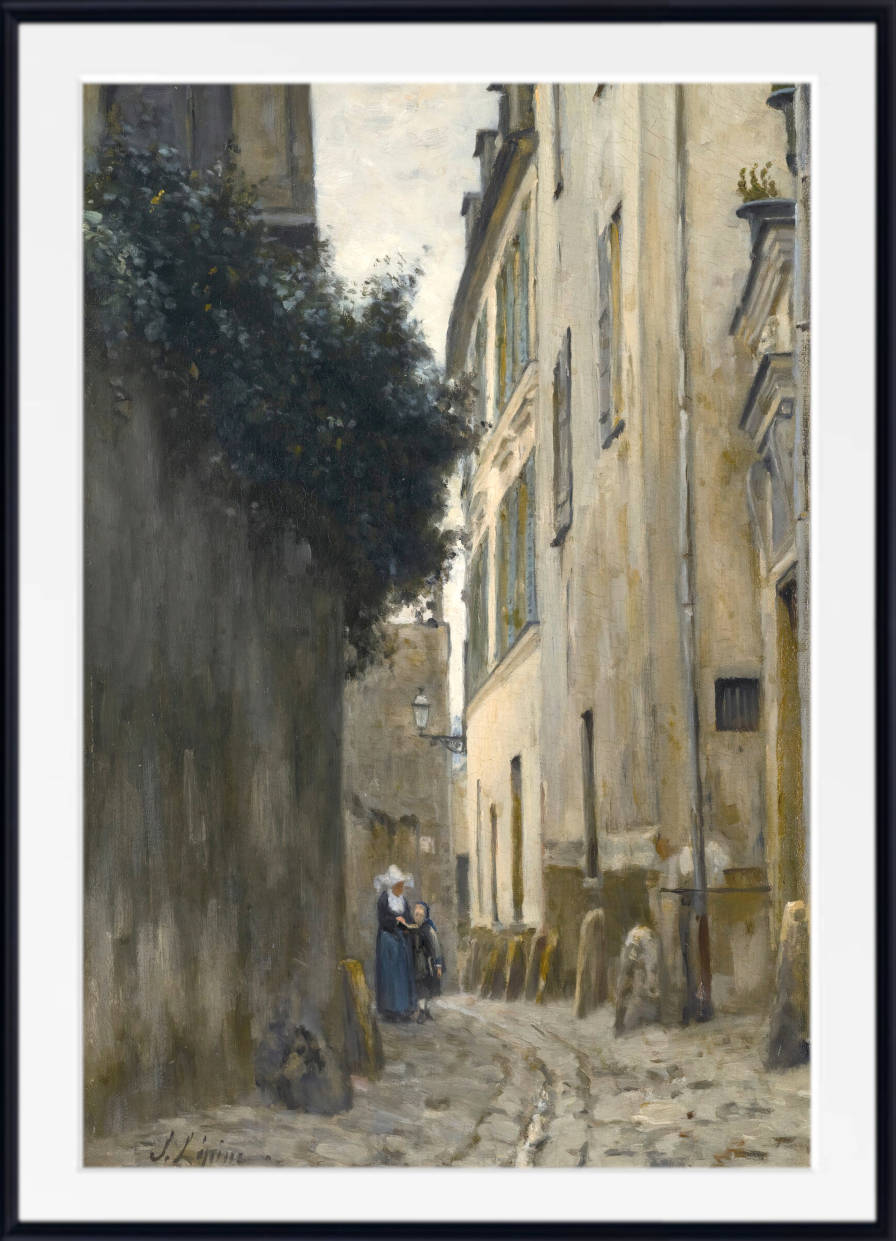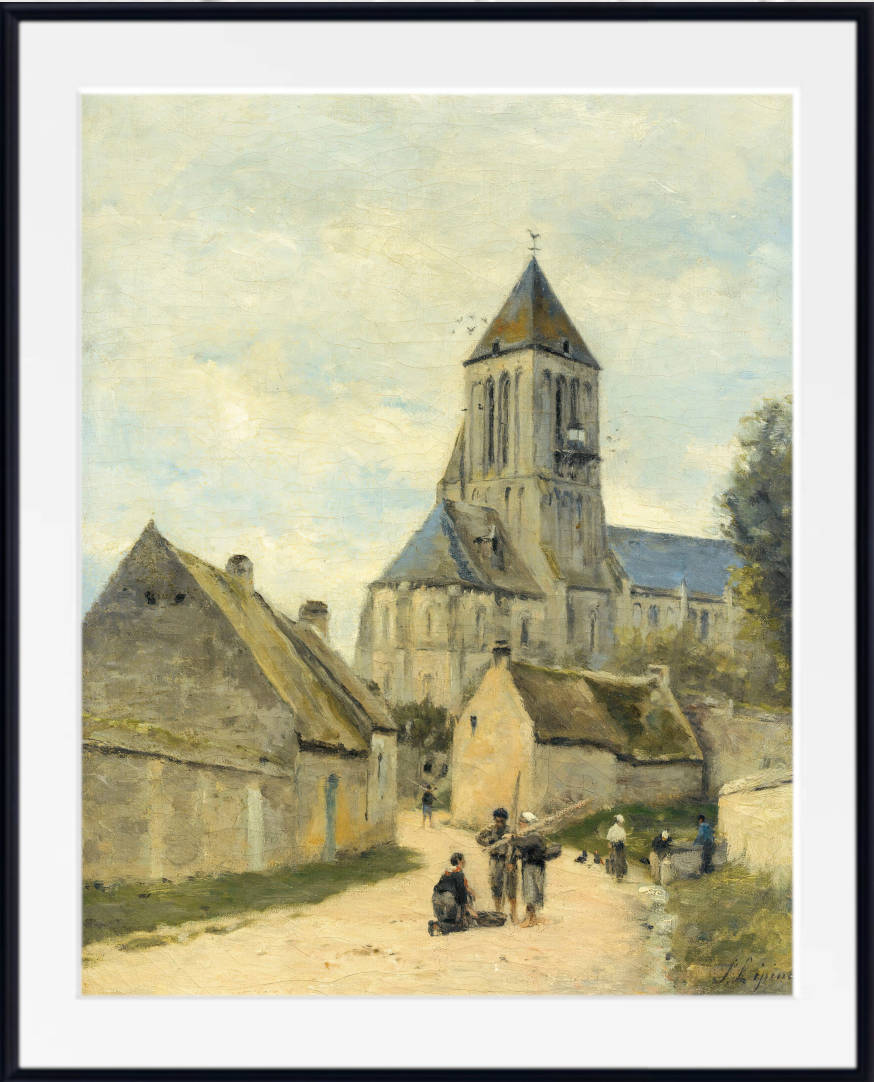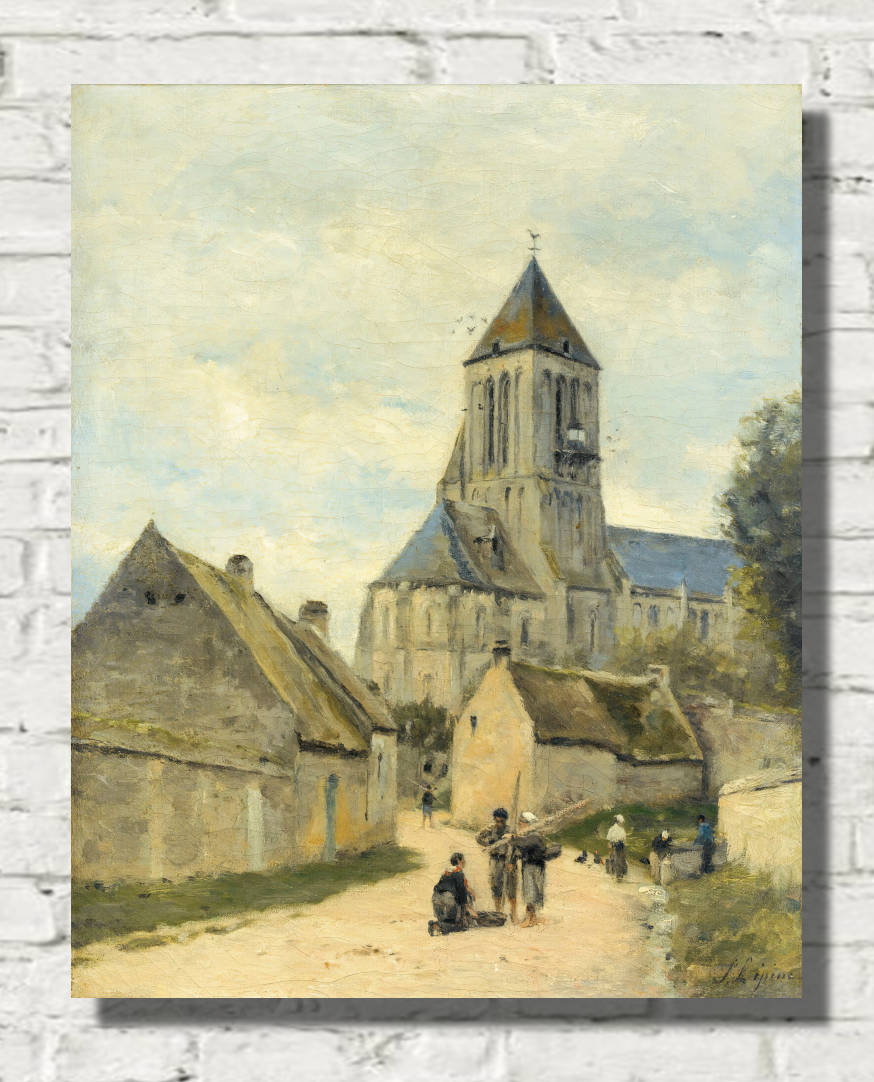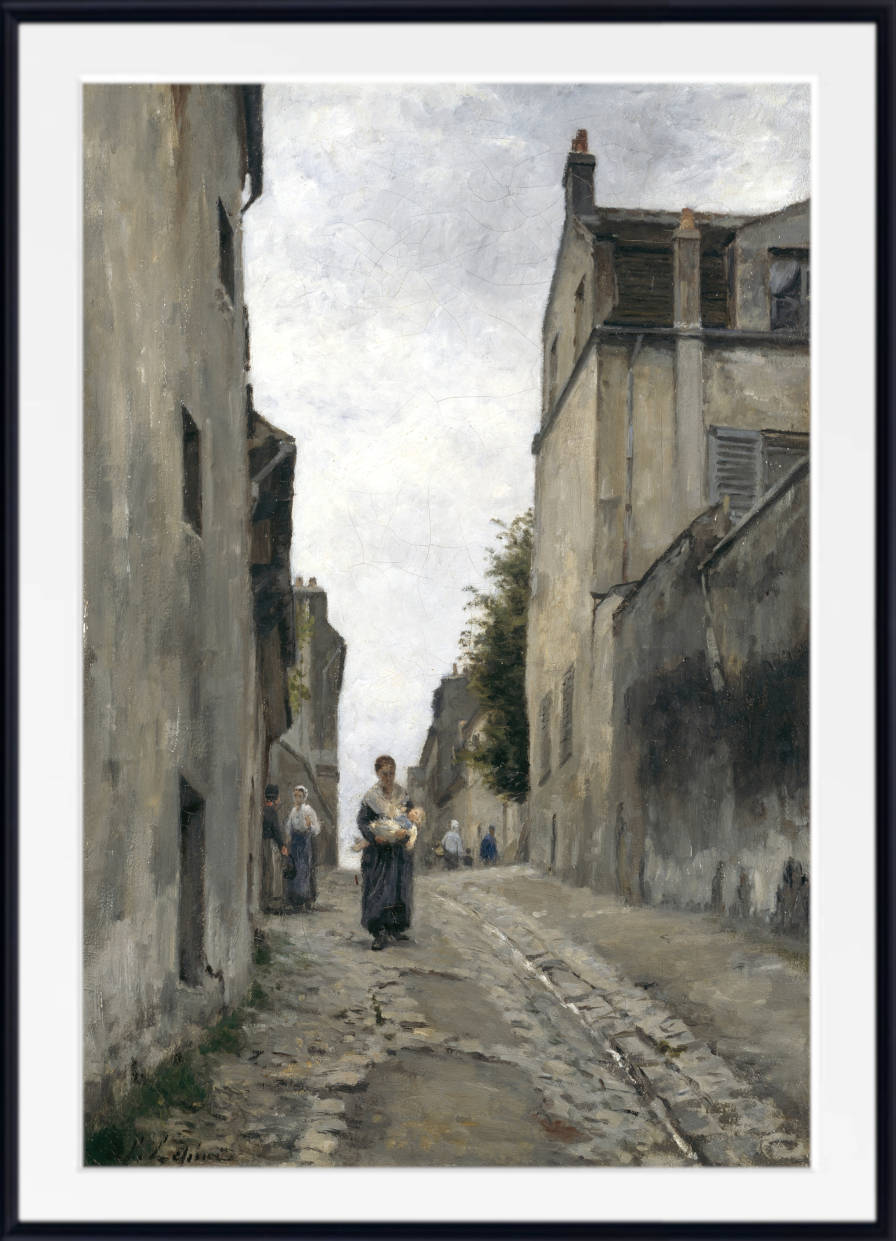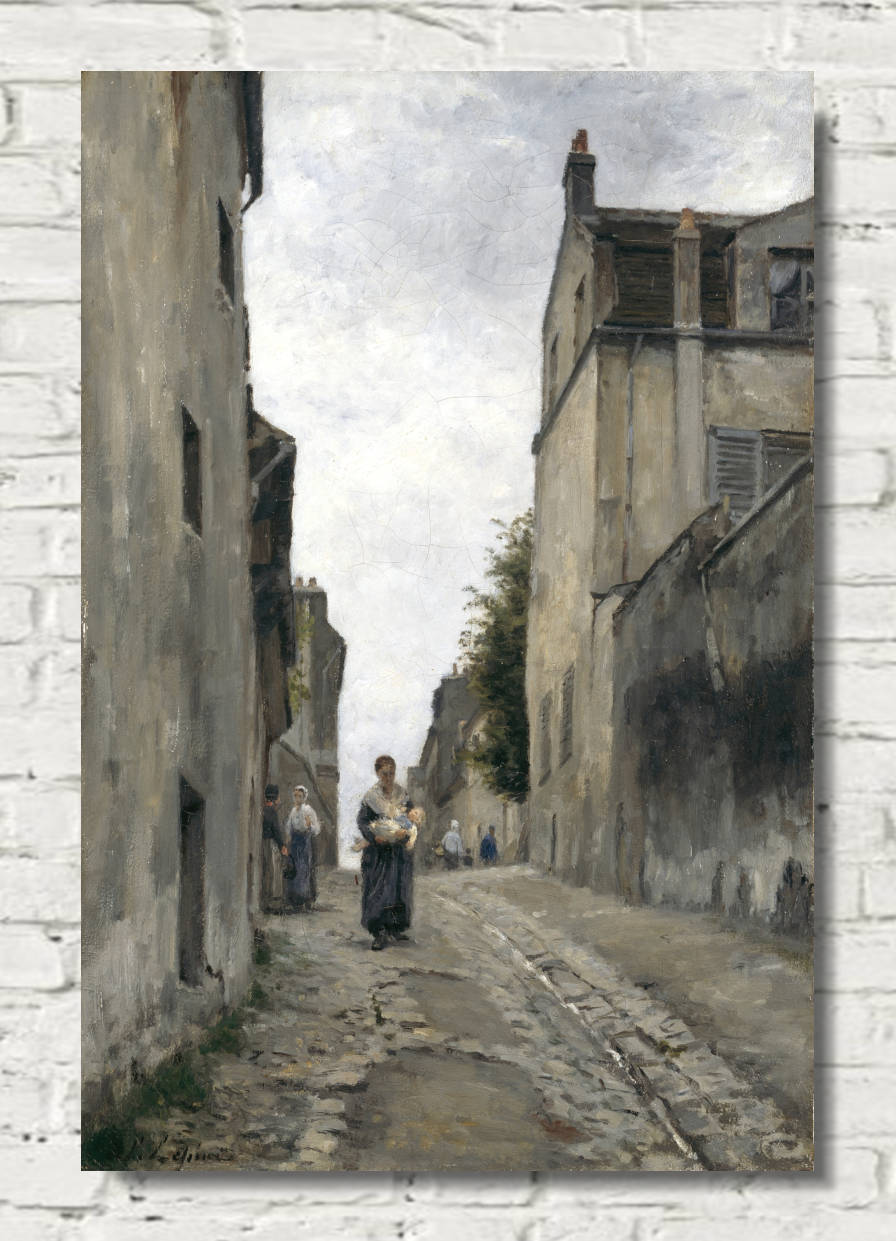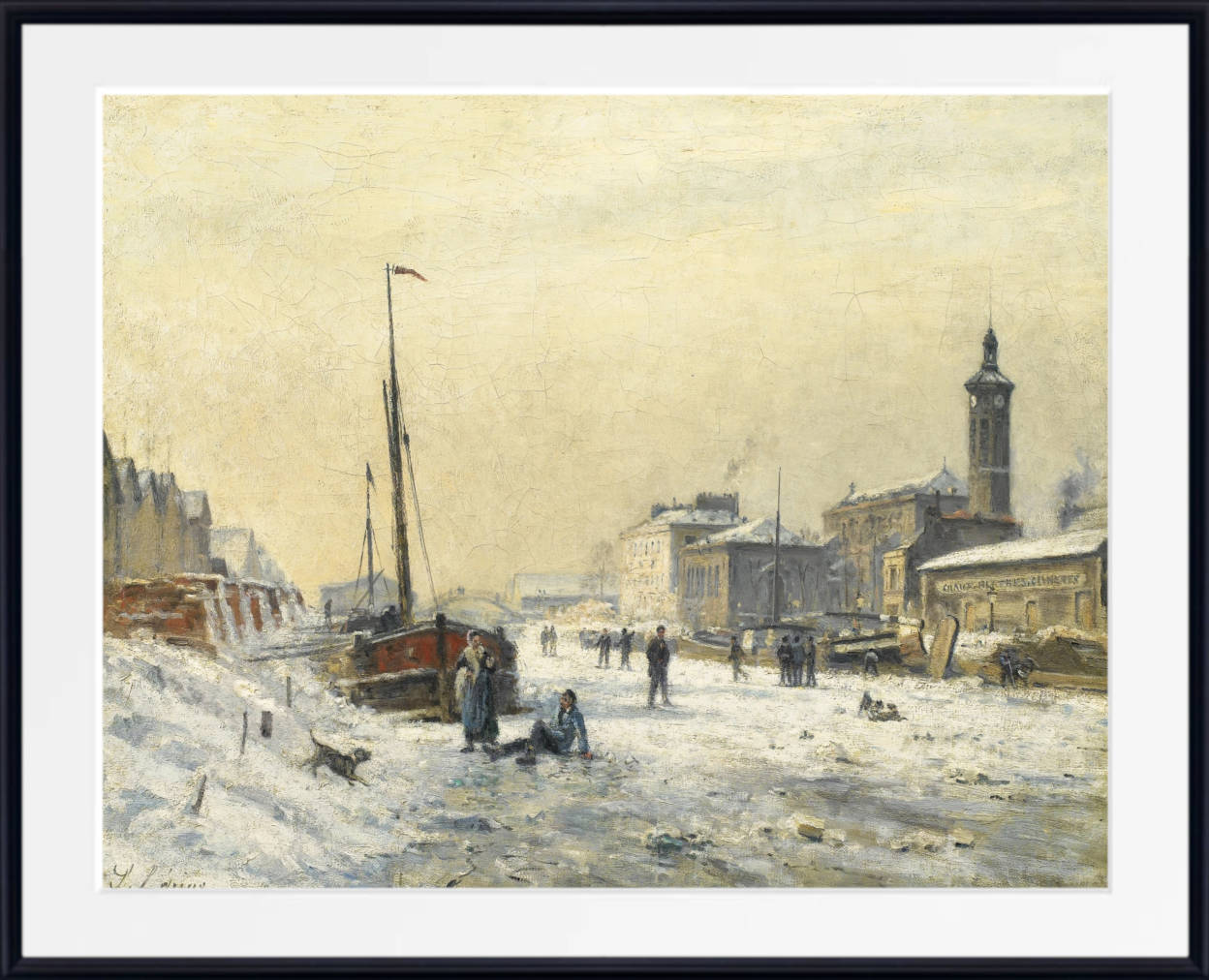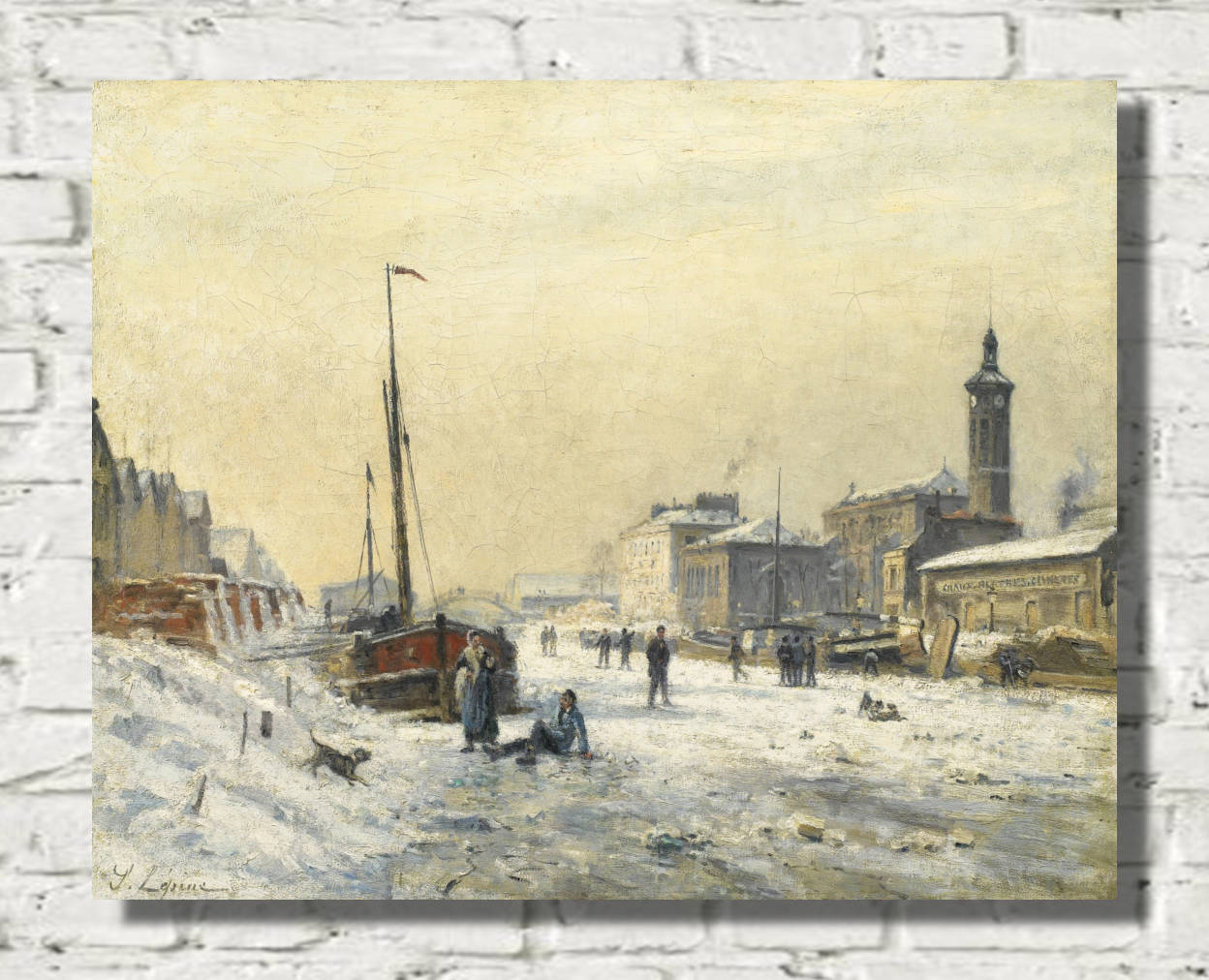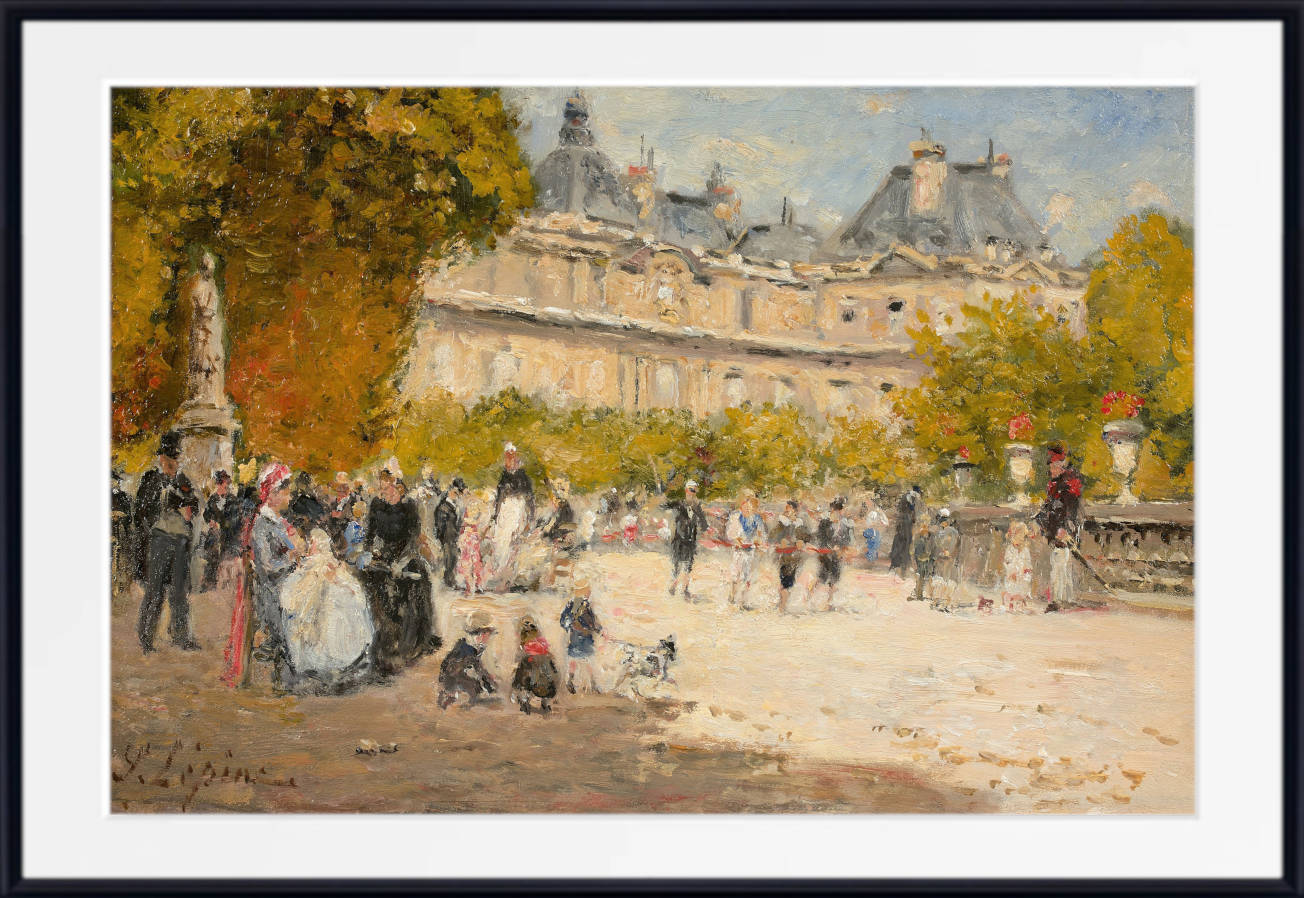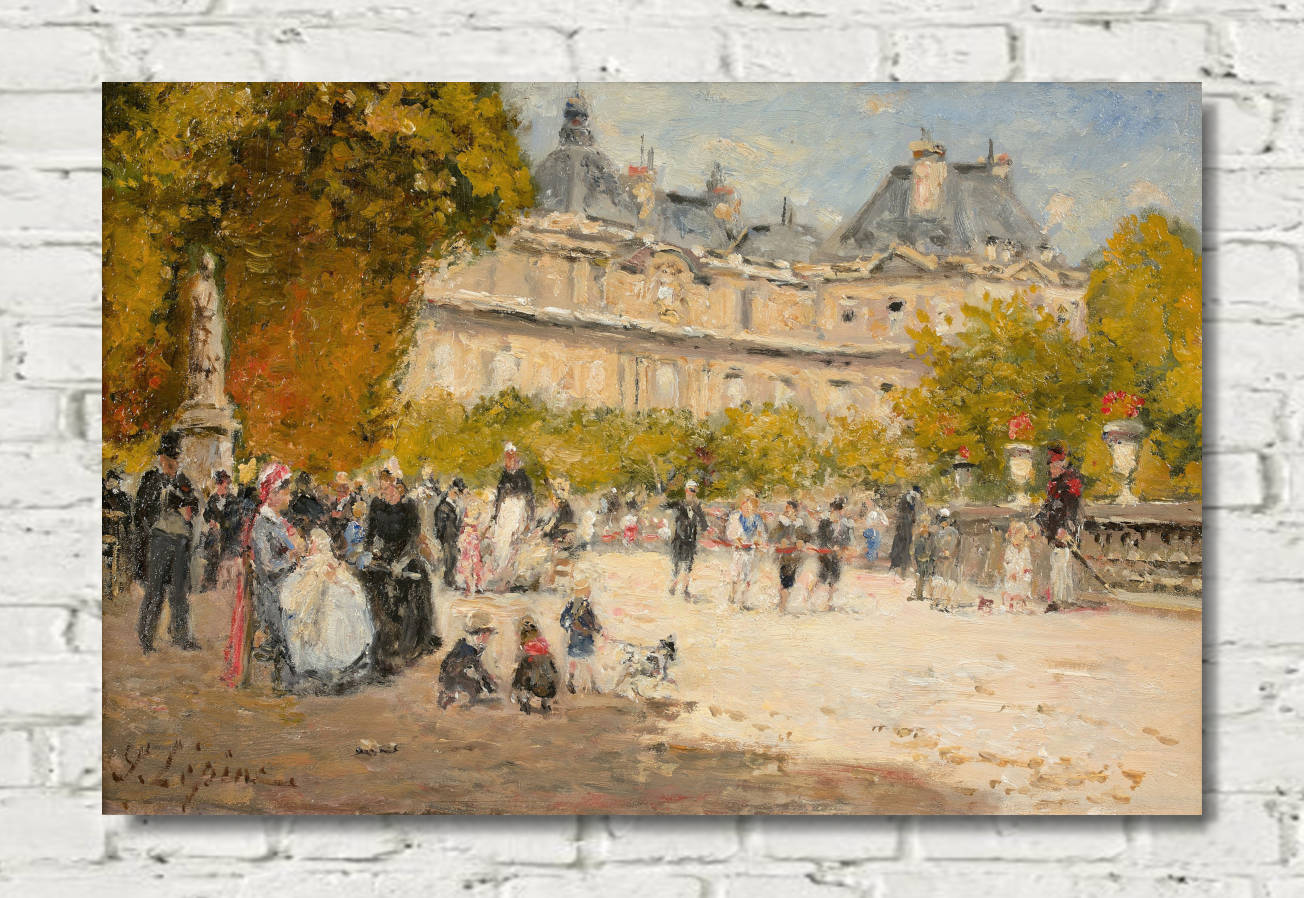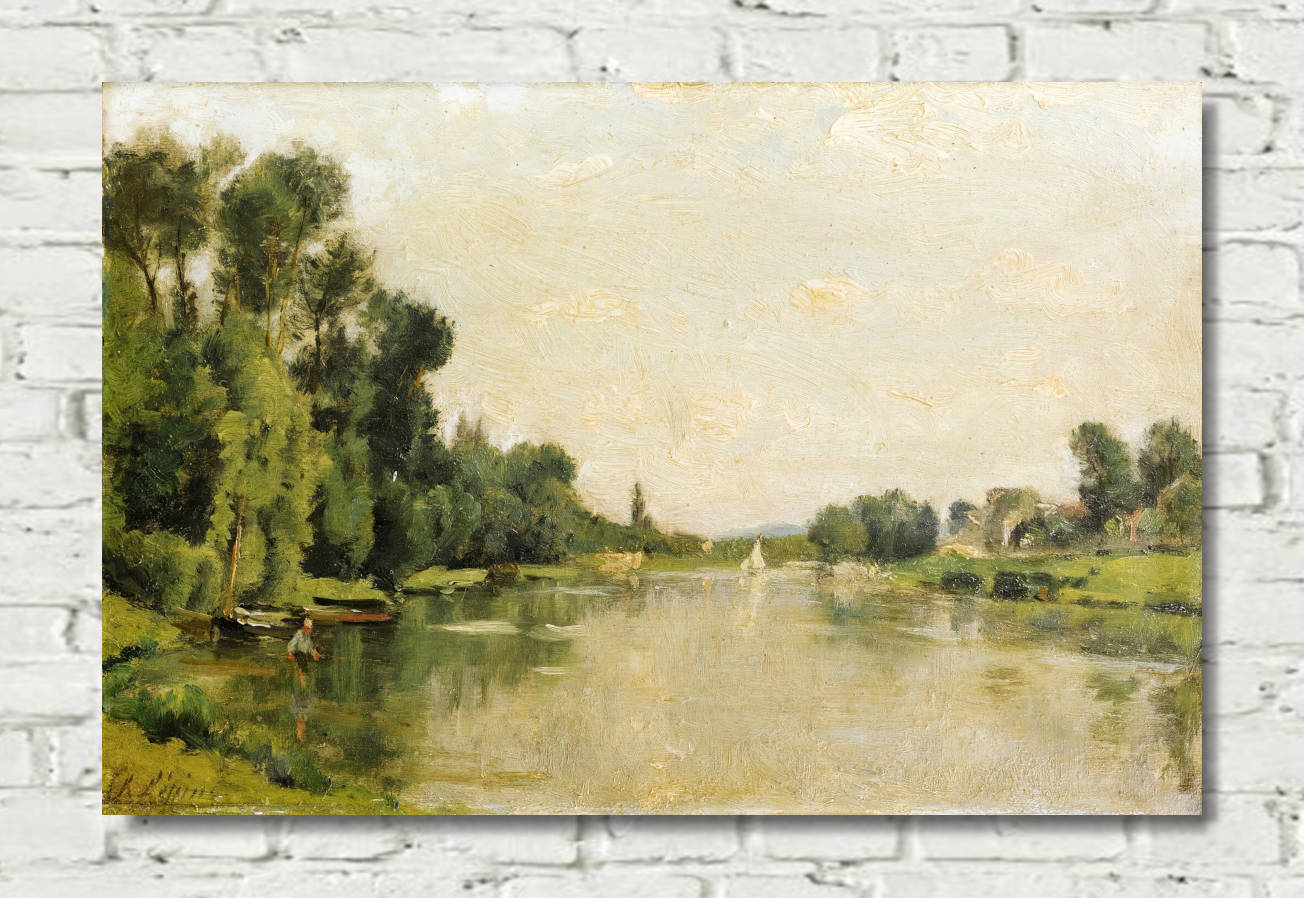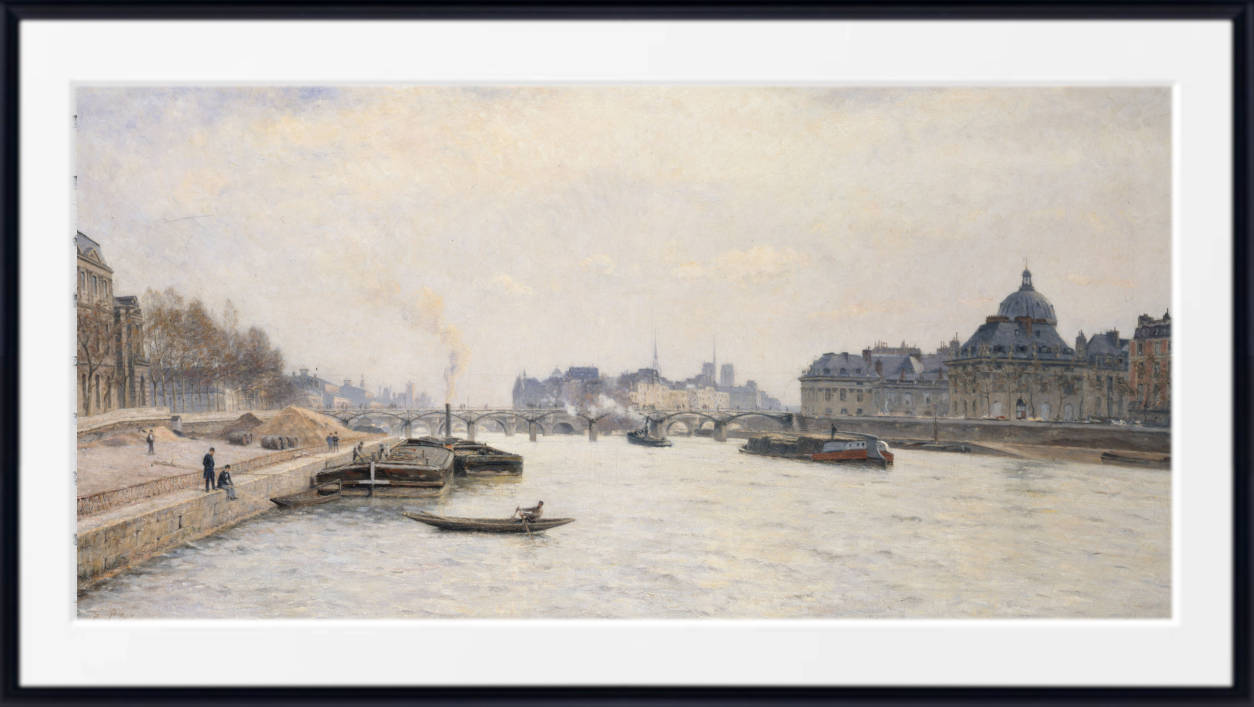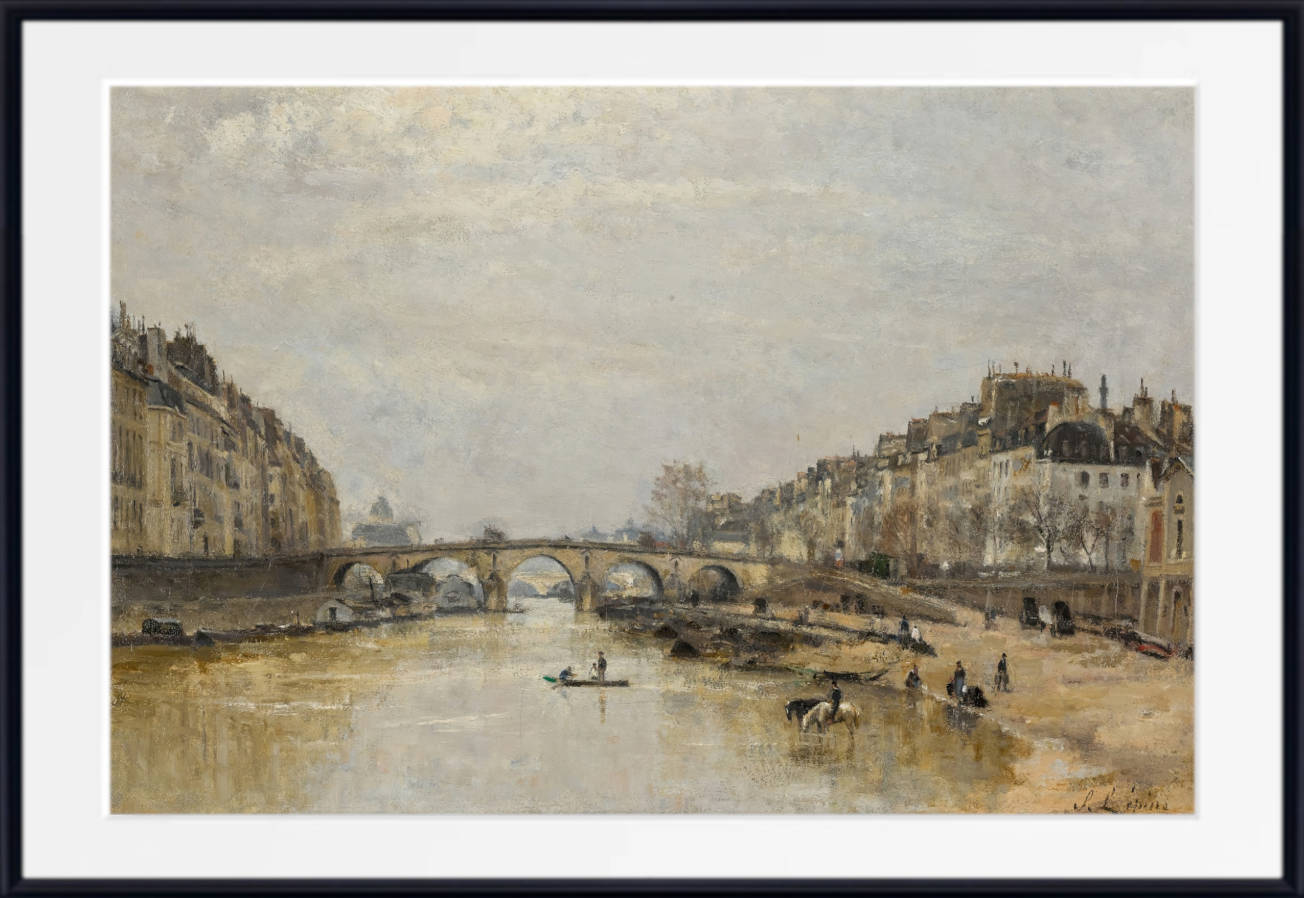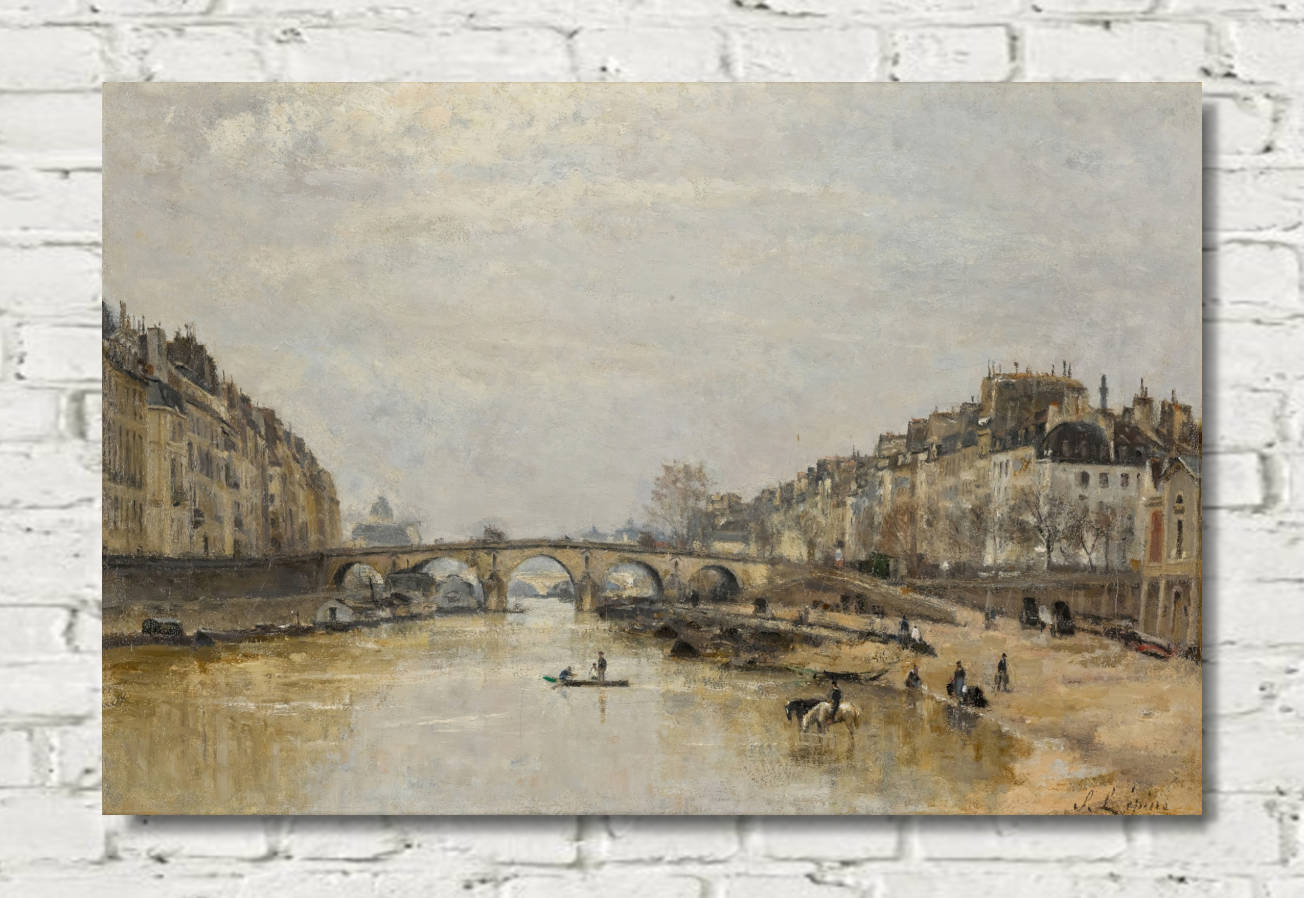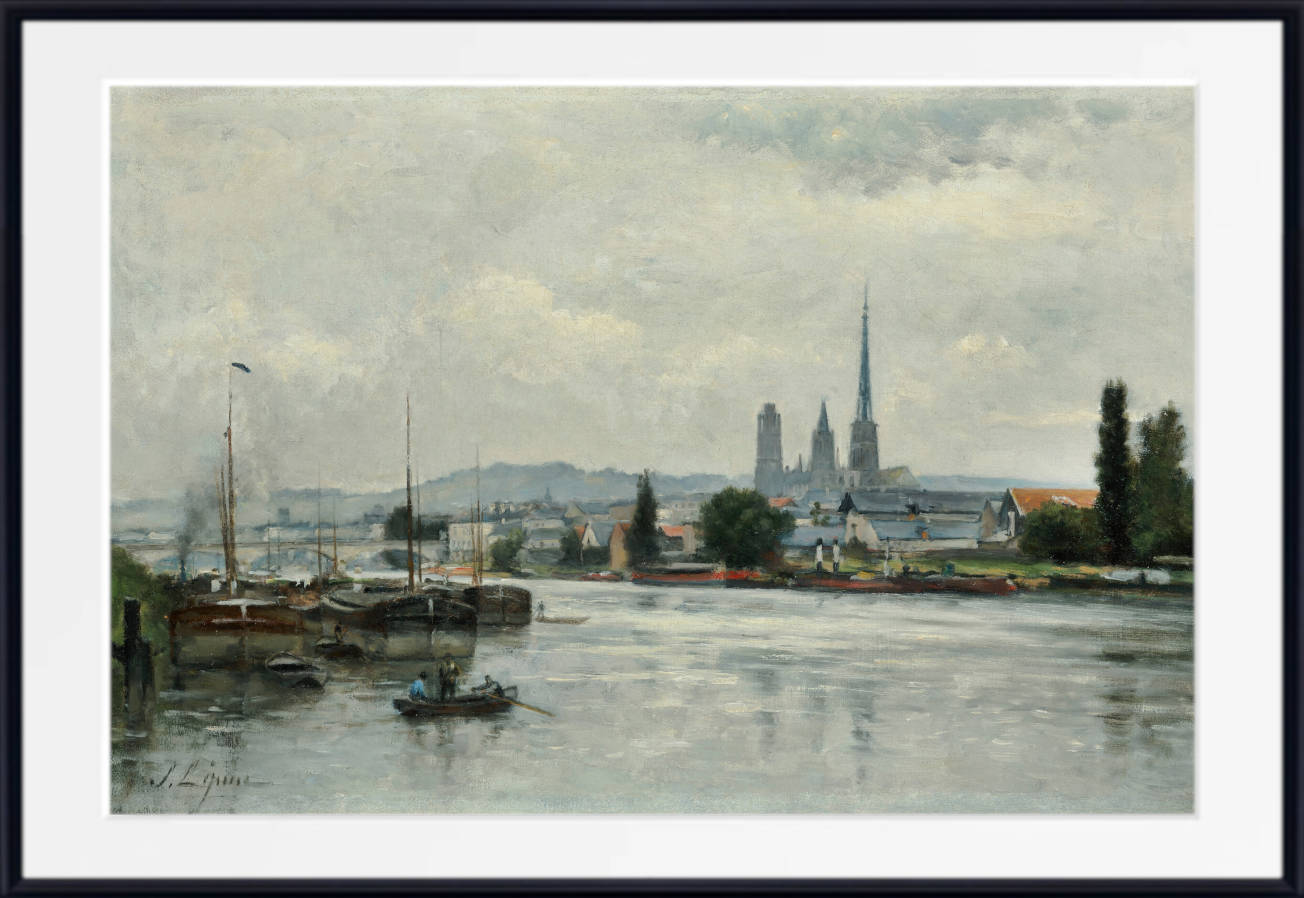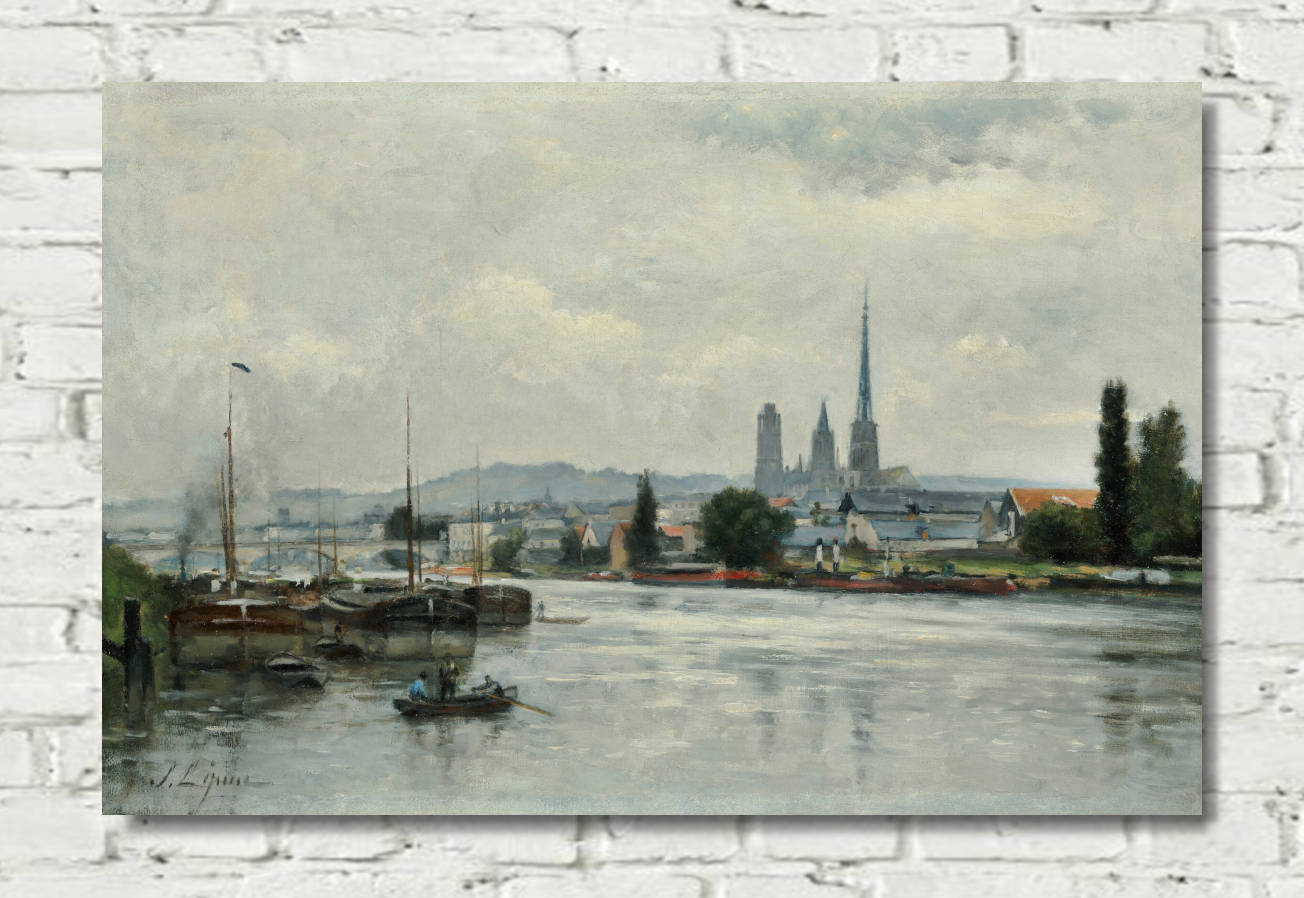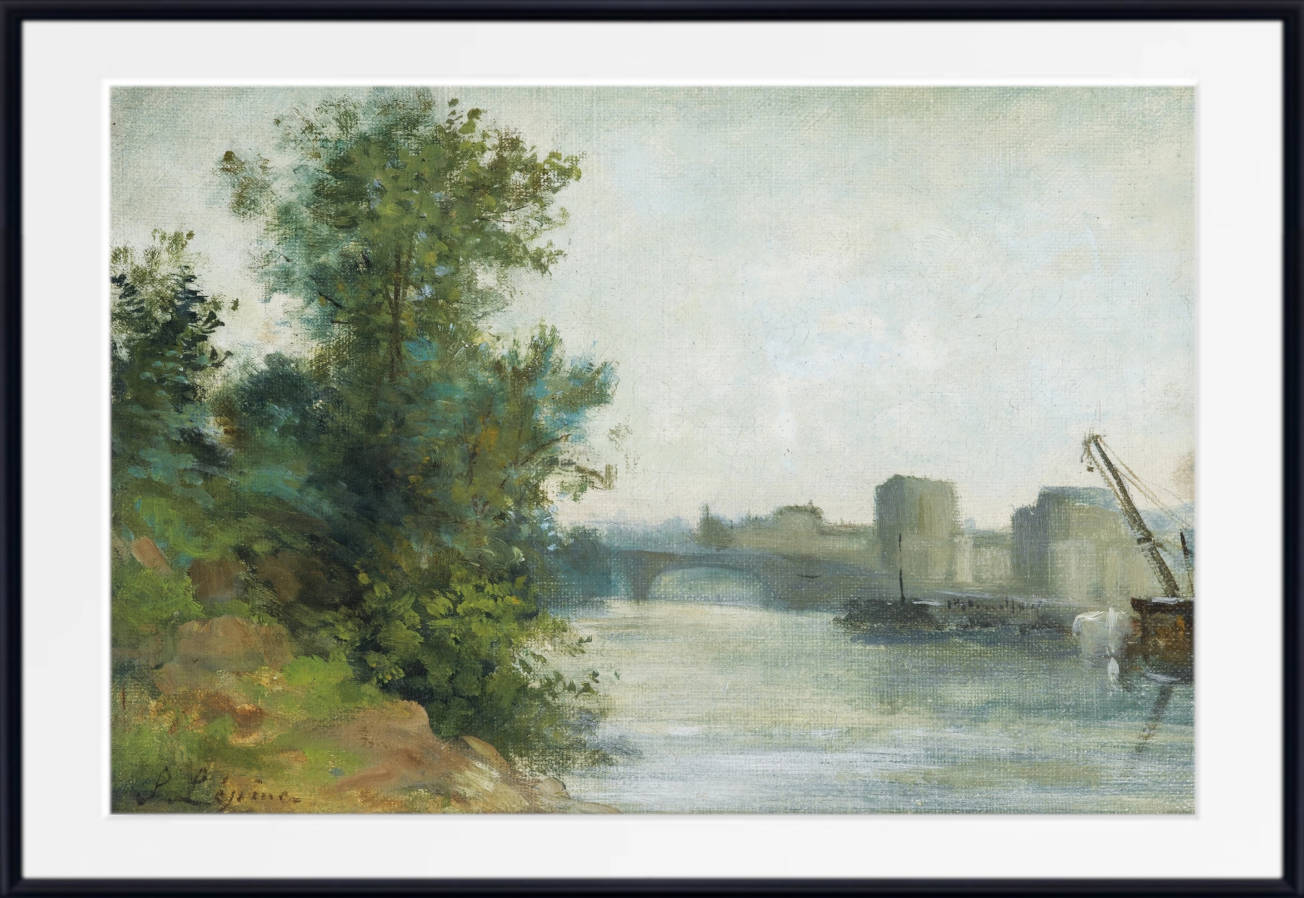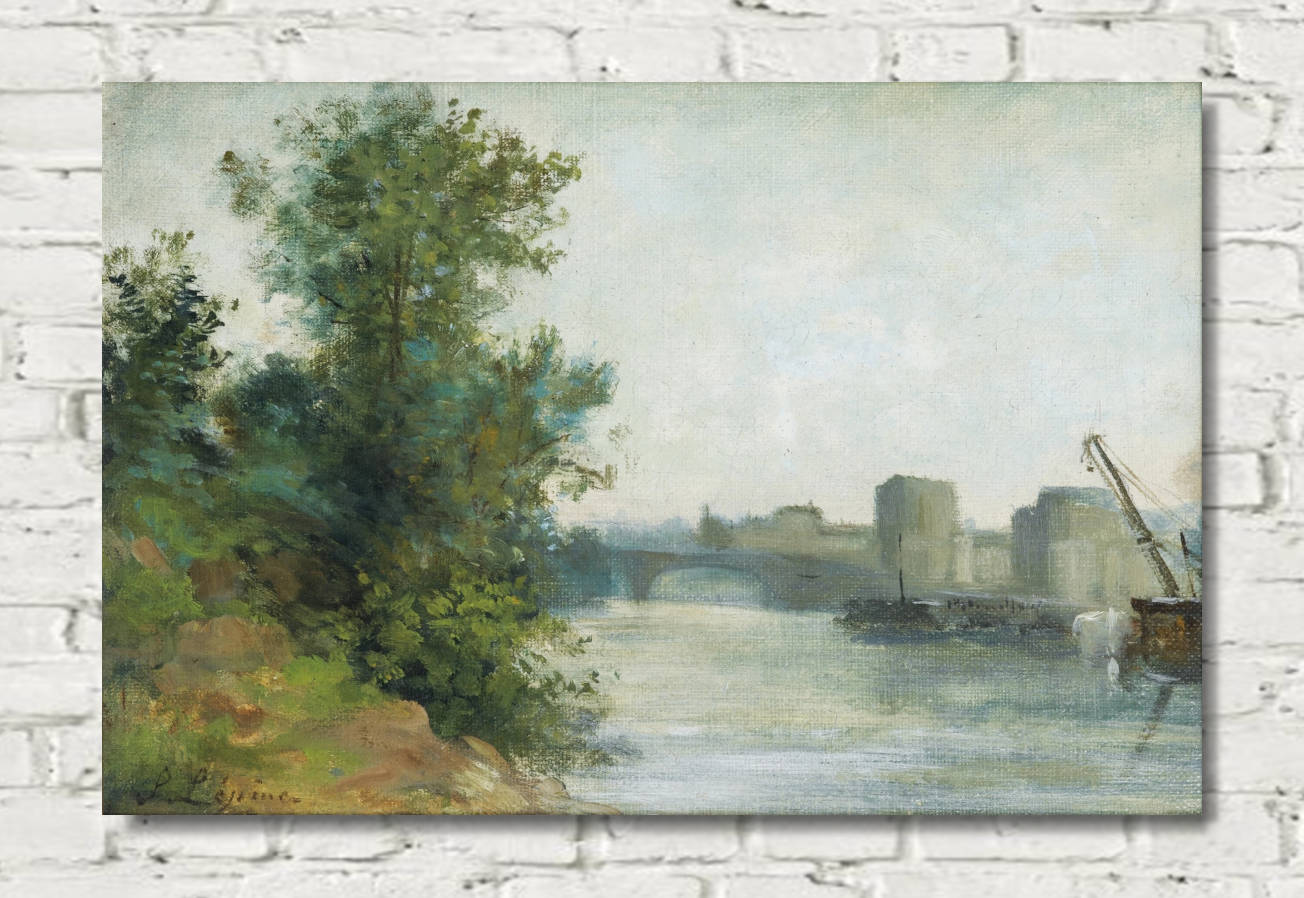Table of Contents:[hide]
Stanislas Victor Édouard Lépine (1835-1892) stands as one of the most underappreciated figures in 19th-century French art, whose delicate atmospheric paintings bridged the gap between the Barbizon School and Impressionism. Known for his masterful depictions of the Seine River and Parisian suburbs, Lépine's work offers an intimate chronicle of a rapidly transforming urban landscape during France's industrial revolution.
Early Life and Artistic Formation
Born in Caen, Normandy, Lépine's artistic journey began in his hometown, where the atmospheric conditions of the Norman coast would later influence his distinctive treatment of light and atmosphere. In 1855, the young artist moved to Paris, where he would spend the majority of his career capturing the city's evolving landscape.
His formal training came under the tutelage of Jean-Baptiste Camille Corot, whose influence can be seen in Lépine's subtle handling of silvery light and atmospheric effects. Corot's impact on Lépine was profound, leading the younger artist to be sometimes referred to as "the Corot of the Seine."
Artistic Style and Technique
Lépine developed a highly personal style characterized by:
- Subtle gradations of grays and silvery tones
- Masterful handling of atmospheric effects
- Intimate views of urban and industrial landscapes
- Precise yet poetic architectural rendering
- Delicate balance between detail and impression
His technique involved working with thin layers of paint, building up surfaces gradually to achieve luminous effects. Unlike the Impressionists, who often worked alla prima, Lépine preferred a more methodical approach that allowed him to capture both atmospheric effects and architectural precision.
Major Works and Themes
The Flower Quay (Le Quai aux Fleurs) (1844)
"Le Quai aux Fleurs" represents one of Lépine's earliest masterworks, depicting the historic flower market near Notre-Dame Cathedral. The painting captures the bustling commercial life along the Seine with remarkable atmospheric sensitivity. The work showcases Lépine's early mastery of perspective and his ability to render architectural details while maintaining a sense of atmospheric unity. The painting's handling of light, particularly in the treatment of the morning mist rising from the river, demonstrates the influence of his mentor Corot.
Notable features include:
- Sophisticated treatment of early morning light
- Integration of commercial and architectural elements
- Masterful rendering of atmospheric effects
- Detailed observation of daily Parisian life
- Subtle color palette emphasizing silvery tones
The Pont des Arts, view from the Pont Royal (1884)
This significant work, now in the Metropolitan Museum of Art's collection, represents the culmination of Lépine's mature style. The painting offers a sweeping view of the Seine from the Pont Royal, with the Pont des Arts and the Institut de France visible in the middle distance. The work demonstrates Lépine's sophisticated understanding of urban perspective and his ability to capture the particular quality of Parisian light.
Technical aspects include:
- Complex compositional structure utilizing multiple bridge spans
- Sophisticated handling of reflections in the river
- Integration of architectural precision with atmospheric effects
- Subtle modulation of grays and blues
- Masterful depiction of distance and aerial perspective
The Seine at Pont Marie
This masterwork, frequently exhibited at major museums, showcases Lépine's mature style in its full development. The painting presents a view of the historic Pont Marie with particular attention to the interplay of light on water and stone. The work is notable for:
- Extraordinary handling of water reflections
- Subtle atmospheric effects suggesting different times of day
- Integration of modern river traffic with historic architecture
- Sophisticated color harmony emphasizing silver-gray tones
- Detailed observation of architectural features
Critical Reception and Legacy
Despite his undeniable talent, Lépine struggled for recognition during his lifetime. He regularly exhibited at the Paris Salon from 1859 onwards but achieved only modest success. The artist often sold his works for minimal sums to support his family, leading to financial hardship throughout his life.
Contemporary critics, including Émile Zola, praised his work's sensitivity and technical mastery. In an 1874 review, Zola wrote of Lépine's "exquisite feeling for light" and his ability to capture "the poetry of modern Paris."
Market Performance and Contemporary Recognition
Recent years have seen a significant reassessment of Lépine's importance. Major auction houses have achieved notable results for his works:
- "Vue du Port de Rouen" sold at Sotheby's Paris (2019) for €245,000
- "Le Pont des Arts" achieved €198,000 at Christie's London (2018)
- "Vue de Paris depuis Montmartre" reached €167,000 at Artcurial (2017)
Artistic Influence and Historical Significance
Lépine's work represents a crucial link between multiple artistic movements:
- The careful observation of the Barbizon School
- The atmospheric effects favored by the Impressionists
- The urban documentation of the Realists
His paintings provide valuable historical documentation of Paris during its transformation under Baron Haussmann's renovations, capturing both the physical changes and the atmospheric qualities of the city.
Conservation and Exhibition History
Major museums holding Lépine's works include:
- Musée d'Orsay, Paris
- Petit Palais, Paris
- Museum of Fine Arts, Boston
- National Gallery, London
- Metropolitan Museum of Art, New York
Recent exhibitions have helped restore Lépine's reputation:
- "Stanislas Lépine: The Poet of the Seine" (2012, Musée d'Orsay)
- "Paris and the Seine: Through the Eyes of Lépine" (2018, Petit Palais)
Conclusion
Stanislas Lépine's contribution to 19th-century French art deserves greater recognition. His sensitive portrayals of Paris and its waterways combine technical mastery with poetic vision, offering both artistic excellence and historical documentation. As art historians continue to reassess the period, Lépine's reputation has grown, establishing him as a significant figure in the development of modern landscape painting.
References and Further Reading
- Brame, G., & de Mare, T. (1982). Stanislas Lépine: Catalogue raisonné de l'œuvre peint. Paris: Éditions Brame & Lorenceau.
- Herbert, R. L. (1988). Impressionism: Art, Leisure, and Parisian Society. Yale University Press.
- Thomson, R. (2012). "Stanislas Lépine and the Poetry of the Seine." The Burlington Magazine, 154(1316), 727-733.
- Mathieu, C. (2015). Musée d'Orsay: The Collection Catalogue. Musée d'Orsay, Paris.
- Christie's. (2019). "Stanislas Lépine: Market Analysis and Sales History." Christie's Art Market Report.
- Sotheby's. (2020). "Important 19th Century European Paintings: Sale Analysis." Sotheby's Market Review.
- Wildenstein, D. (1993). "Lépine: The Forgotten Impressionist." Gazette des Beaux-Arts, 122, 215-226.
- Durand-Ruel Archives. (1875-1892). Sales Records and Correspondence Related to Stanislas Lépine. Paris.
- Petit Palais. (2018). Exhibition Catalogue: Paris and the Seine: Through the Eyes of Lépine. Paris Museums Publications.
- Robaut, A. (1905). L'Œuvre de Corot: Catalogue raisonné et illustré. Paris: H. Floury. [Contains references to Lépine's relationship with Corot]
- Zola, É. (1874). "Salon de 1874." In Écrits sur l'art. Paris: Gallimard, 1991.
- Metropolitan Museum of Art. (2021). Collection Database Entry: The Pont des Arts. New York.
- House, J. (1995). "Lépine and the Seine: A Reassessment." Art History, 18(2), 236-252.
- Musée d'Orsay Conservation Department. (2010). Technical Analysis Report: Lépine's River Scenes. Paris.
- Bomford, D., & Roy, A. (1990). Impressionism: Art in the Making. National Gallery Publications. [Includes technical analysis of Lépine's painting methods]
Related Articles








